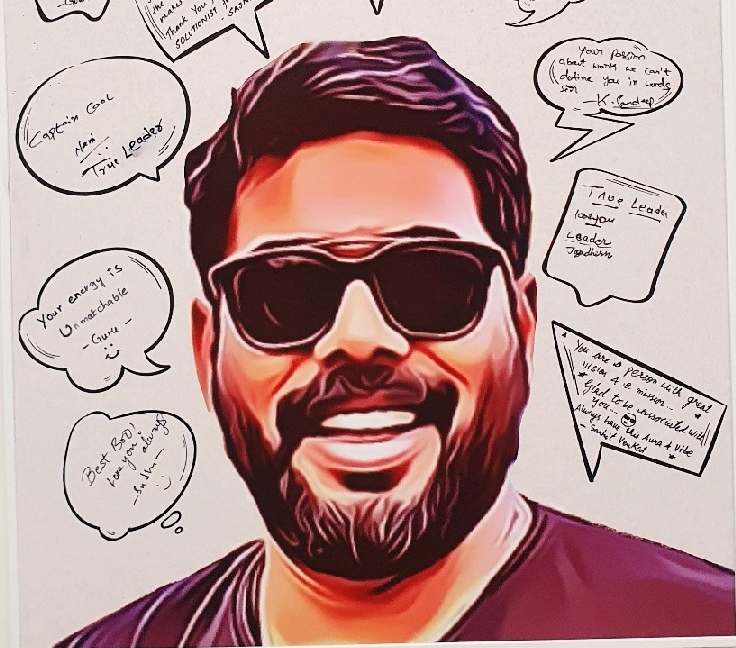
Introduction
Crafting a stellar resume is crucial in today’s competitive job market. It’s your first impression on potential employers, and it can make or break your chances of landing an interview. But with so much conflicting advice out there, it’s easy to make mistakes that could hinder your job search.
This article, inspired by insights from a former Amazon recruiter Lindsey Mustain advice, highlights some of the most common resume mistakes to avoid. By following these tips, you can ensure your resume stands out from the crowd and positions you for success.
Tailoring Your Resume to the Job Description
One of the biggest resume mistakes is failing to tailor your resume to the specific job you’re applying for. A generic resume that gets sent out to multiple employers without any personalization is unlikely to impress anyone.
Instead, take the time to carefully read the job description and identify the key skills and experience that the employer is looking for. Then, highlight your own skills and experience that directly match those requirements. Use the same keywords and phrases from the job description throughout your resume but be sure to do so naturally and avoid keyword stuffing.
Showcasing Quantifiable Accomplishments
Simply listing your job duties and responsibilities on your resume isn’t enough. You need to go beyond that and showcase your accomplishments in a quantifiable way. Whenever possible, use numbers and metrics to demonstrate the impact of your work. For example, instead of just saying that you “managed a team,” you could say that you “led a team of 10 engineers to deliver a project 20% ahead of schedule and under budget.”
Highlighting Relevant Skills and Experience
Don’t just list all your skills and experience on your resume, regardless of whether they’re relevant to the job you’re applying for. Focus on highlighting the skills and experience that are most relevant to the specific position you’re targeting.
Using Action Verbs
Start your bullet points with strong action verbs that describe what you did and achieved. This will help your resume sound more dynamic and impactful. For example, instead of saying “Responsible for marketing campaigns,” you could say “Developed and executed marketing campaigns that increased brand awareness by 20%.”
Proofreading Carefully
Typos and grammatical errors can make a bad impression on potential employers. So, be sure to proofread your resume carefully before submitting it. Have someone else proofread it as well, just to be sure you haven’t missed anything.
Formatting for Readability and Applicant Tracking System (ATS) Friendliness
Remember, your resume isn’t just for human eyes – Applicant Tracking Systems (ATS) play a crucial role in screening applications. So, while readability is essential for engaging hiring managers, ensuring your resume is ATS-friendly is equally important.
Here’s how to format your resume for both:
Clear Headings and Bullet Points: Use simple, standard headings like “Work Experience,” “Skills,” and “Education.” Organize information within each section using concise bullet points, making it easy for both humans and ATS to comprehend your key qualifications.
Whitespace and Readable Font: Break up dense text with ample white space, margins, and consistent formatting. Choose a professional font like Times New Roman, Arial, or Calibri, and opt for a size within 11-12pt for regular text and 14-16pt for headings. Avoid fancy fonts or italics, as ATS might misinterpret them.
Plain Text: While visually appealing, tables, charts, and images can create parsing issues for ATS. Stick to plain text format and avoid unnecessary graphics, symbols, or special characters.
File Format: Save your resume as a .doc or .docx file for optimal compatibility with ATS. Avoid using .pdf format, as some systems struggle to extract text accurately.
Keeping It Concise and Relevant
Your resume should be no more than two pages long, unless you have a lot of experience in your field. Keep your focus on the most relevant information and avoid including anything that is not directly related to the job you’re applying for.
Using Keywords Wisely
While it’s important to use keywords from the job description, don’t overdo it. Keyword stuffing can hurt your chances of getting your resume noticed. Use keywords naturally and organically throughout your resume.
Getting Feedback
Once you’ve written your resume, get feedback from friends, family, or career counselors. Their feedback can help you identify any areas where you can improve.
Consider Professional Resume Writing Services
If you’re struggling to write your resume yourself, you may consider hiring a professional resume writer. They can help you create a resume that is tailored to your specific needs and goals.
By following these tips, you can avoid common resume mistakes and create a resume that will help you land your dream job. Remember, your resume is a marketing tool, so make sure it sells your skills and experience in the best possible light.

Raju Thammala is the founder of WebPipl, an AI-based recruitment company revolutionizing the tech hiring process with products like video interviews, ATS software, etc.
As CEO and founder, Raju Thammala is passionate about leveraging technology to deliver next-gen recruiting services. In his free time, Raju enjoys reading and exploring new cuisines or jet-setting to exotic destinations.
